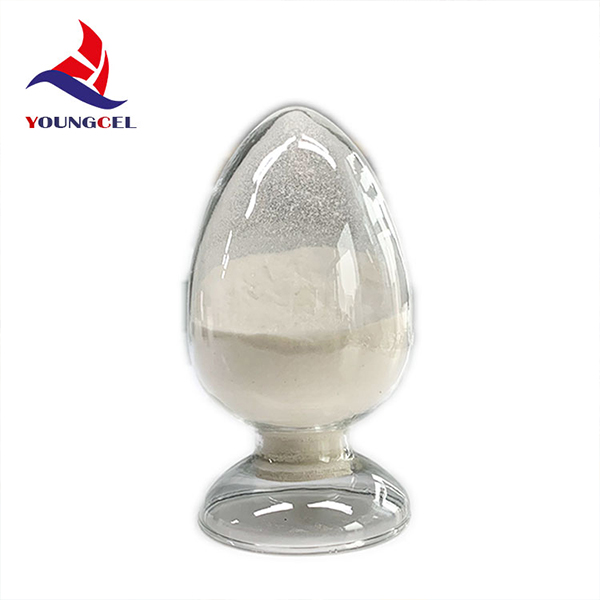The Role of HPMC in Mortar A Comprehensive Overview
Hydroxypropyl Methylcellulose (HPMC) is a versatile and essential additive in the construction industry, particularly in the formulation of mortars. Its unique properties make it a critical component, contributing significantly to the performance and functionality of both cement-based and gypsum-based products. This article delves into the importance of HPMC in mortar applications, examining its benefits, mechanisms of action, and overall impact on construction materials.
Understanding HPMC
HPMC is a non-ionic cellulose ether derived from natural cellulose through a complex chemical process that modifies its structure to enhance solubility in water. It is odorless, tasteless, and biodegrades naturally, making it an environmentally friendly option for various applications. In the construction sector, HPMC is predominantly used as a thickening agent, water-retaining agent, and a binder in mortar formulations.
Enhancing Workability
One of the primary roles of HPMC in mortar is to improve workability. When added to mortar, HPMC increases its viscosity, allowing for easier application and manipulation of the material. This property is particularly beneficial in situations where high cohesion is required, such as during plastering or tiling. Improved workability facilitates smoother finishes and allows for more extended working times, enabling workers to achieve their desired application without the material setting too quickly.
Water Retention Properties
Water retention is another critical aspect of HPMC's function in mortar. Mortar mixtures containing HPMC can retain moisture for a longer period, which is crucial during the curing process. Adequate moisture levels are necessary for the hydration of cement particles, ensuring optimal strength development in the hardened mortar. By reducing water loss through evaporation, HPMC helps prevent cracking and shrinkage, which can compromise the structural integrity of the application. This feature is particularly vital in hot or windy conditions, where water evaporation rates can significantly impact performance.
Bonding Strength
mortar hpmc

HPMC enhances the adhesion properties of mortar, leading to improved bonding strength between the mortar and substrates, such as bricks, tiles, or concrete. The increased surface adhesion results in a more robust and durable bond, reducing the likelihood of delamination or failure during service life. This enhanced bonding capability is especially essential in demanding applications, such as exterior facades, where materials are subject to environmental stressors.
Flexibility and Crack Resistance
In addition to improving workability and bonding strength, HPMC contributes to the flexibility of mortar. This flexibility allows the mortar to accommodate movements in the substrate, such as thermal expansion or contraction, without cracking. The incorporation of HPMC helps to create a more ductile mortar that can withstand the dynamic stresses encountered during its service life, enhancing overall durability.
Performance in Different Conditions
HPMC is also effective across various climatic conditions. Whether used in hot, humid, or dry environments, HPMC-modified mortars maintain their performance characteristics. In cooler climates, the moisture-retaining properties of HPMC can facilitate hydration, even in low temperatures. In contrast, in high-temperature settings, HPMC helps mitigate the risk of rapid water loss, promoting a stable curing process.
Sustainability Considerations
As the construction industry increasingly emphasizes sustainable practices, HPMC aligns with these goals by improving the efficiency and performance of mortar without the need for additional harmful additives. Being derived from natural cellulose, HPMC is biodegradable and can contribute to the overall sustainability of construction projects. Utilizing HPMC in mortar formulations helps reduce the environmental impact while enhancing material performance.
Conclusion
The integration of Hydroxypropyl Methylcellulose in mortar formulations represents a significant advancement in construction technology. Its contributions to workability, water retention, bonding strength, flexibility, and overall performance make it an invaluable additive in modern construction practices. As the industry continues to evolve, the importance of HPMC in achieving sustainable and high-performance mortars will undoubtedly gain even more recognition, further emphasizing its role in shaping the future of construction materials.
-
The Versatility of Industrial Additives: Mhec, Hpmc, And Wall Putty SolutionsNewsMar.28,2025
-
The Importance of HPMC in Modern IndustriesNewsMar.28,2025
-
Partnering with Reliable Manufacturers for Optimal ResultsNewsMar.28,2025
-
Enhancing Construction Performance with Redispersible Polymer PowdersNewsMar.28,2025
-
Enhancing Construction and Household Products with Advanced AdditivesNewsMar.28,2025
-
Building Strong Foundations with Key Construction MaterialsNewsMar.28,2025






